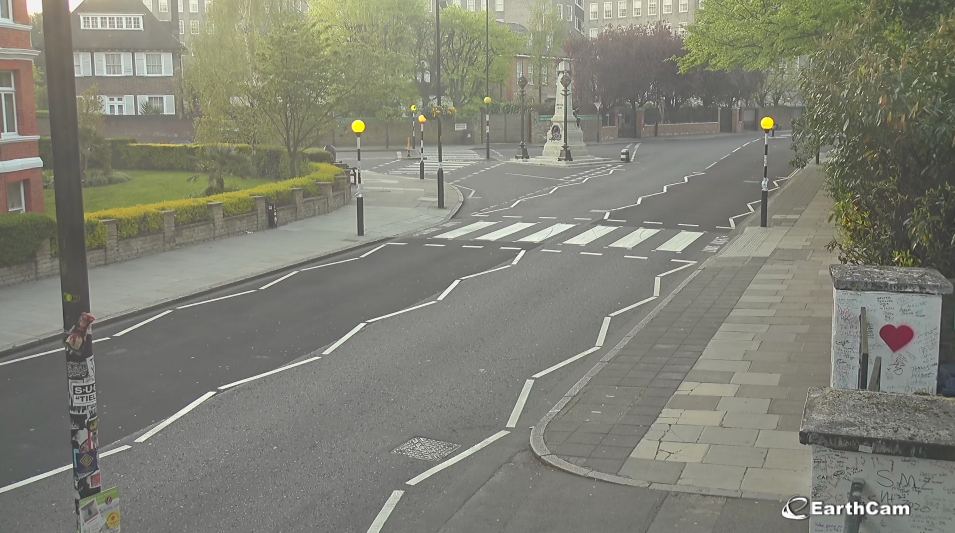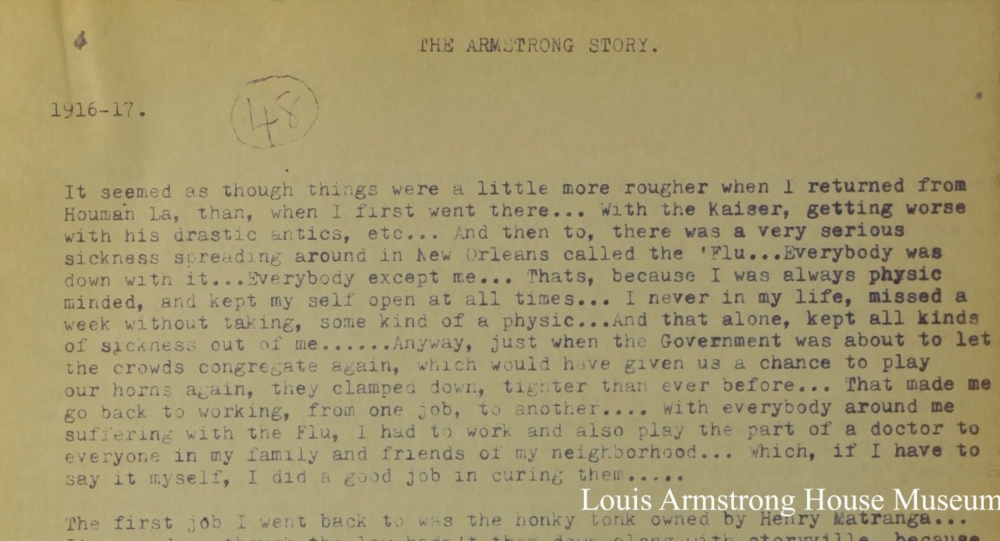Samuel Beckett long had a fondness for Berlin, from his first trip in the late 1920s–when he fell in love with his cousin while visiting his uncle on his mom’s side–to his longtime relationship with his German translator Erika Tophoven and with the Schiller Theater, which produced many of his plays.
The above footage shows the 63-year old Beckett walking the streets of Berlin, asking for directions, or reading the daily paper at a cafe. At one point he is seen walking with a woman (possibly Tophoven?).
Why was this film shot? It has the feeling of surveillance footage, but the more logical explanation is that it was b‑roll for some news feature. Beckett was awarded the Nobel Prize for Literature in 1969, so that might be the reason.
However, the illogical but *best* reason is that Beckett was filming the title sequence for his detective show pilot, named, of course, Beckett. YouTube user oobleckboy created this hilarious rework a few years ago, which we told you about then. But it’s worth another look, surely.
On a more serious note, Beckett’s main tour of Berlin came long before his journey as a playwright. Self-taught in the language and interested in the culture, he traveled to Berlin right after the 1936 Olympic Games and stayed through 1937. He had lost his job in Dublin, and he had fallen out with James Joyce, so he was avoiding Paris. So Beckett traveled to Berlin to devour the arts. He knew the dangers of the rising Nazi threat and took it seriously. Instead he wanted to see the culture before it disappeared. (And it would, on one hand through the Nazis and their campaign against “degenerate art.” On the other, from the Allies bombing during the war.) Beckett spent countless hours in museums. He attended operas. He got so fluent in the language he could read Schopenhauer (for the style, not the content, apparently).
But it was such a private trip that his German friends from the ‘60s never knew of it. He did not mention it to them. The only reason we know is because in 1989, his nephew discovered his diary from that time–the only diary Beckett ever kept–and after years of it being available only to researchers, it was published in 2011. (Or rather, selections of the 120,000 word journal, were published.)
Lastly, it was on one of those Berlin museum trips where he saw the painting Two Men Contemplating the Moon by Caspar David Friedrich. The image would stick in his mind until many years later when it would influence the set design for his most famous play, Waiting for Godot. (A country road. A tree. Evening.) You can see the painting here.
via Ubu Web
Related Content:
The Books That Samuel Beckett Read and Really Liked (1941–1956)
When Robin Williams & Steve Martin Starred in Samuel Beckett’s Waiting For Godot (1988)
Samuel Beckett Directs His Absurdist Play Waiting for Godot (1985)
Ted Mills is a freelance writer on the arts who currently hosts the Notes from the Shed podcast and is the producer of KCRW’s Curious Coast. You can also follow him on Twitter at @tedmills, and/or watch his films here.




